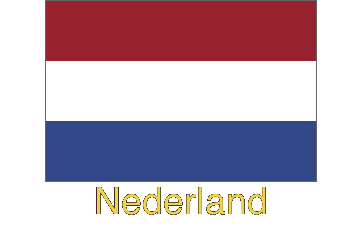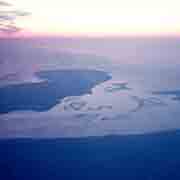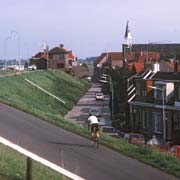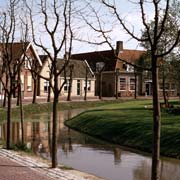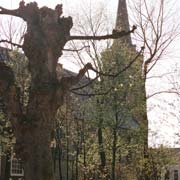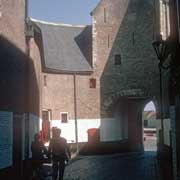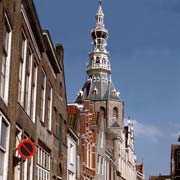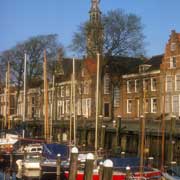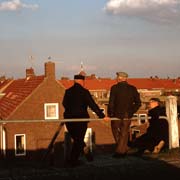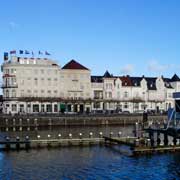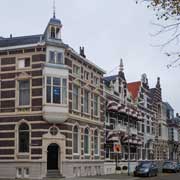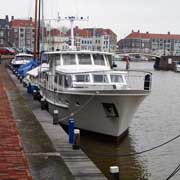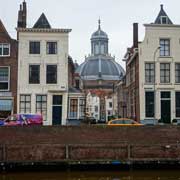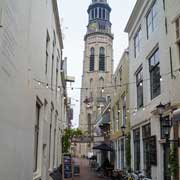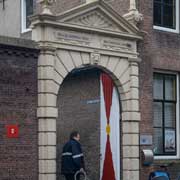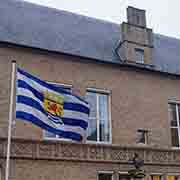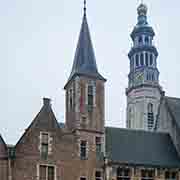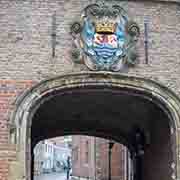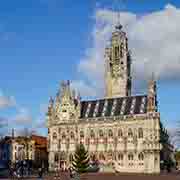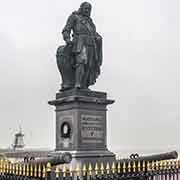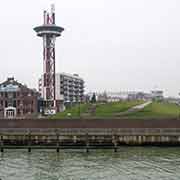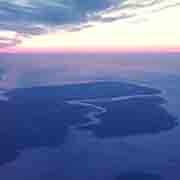Photos of The Province of Zeeland, the Netherlands
The Province of Zeeland
Zeeland, in the south west of the Netherlands, means "sea-land" and, apart from the region called "Zeeuws Vlaanderen" in the south along the Belgian border, is made up of a number of peninsulas and islands in the estuary where the Rijn (Rhine), Schelde and Maas (Meuse) rivers meet the North Sea. It has a total area of 2,684 km² and a population of 380,000.
you may then send it as a postcard if you wish.
Zeeland has been under constant threat from flooding and after the devastating floods of February 1953 that killed 1,800 people, the "Deltaplan", an ambitious project aimed to protect the region, was instigated. It took 30 years to complete the project that closes off all the sea arms forming the delta of the Rhine and Schelde rivers and consists of 62 movable steel flood gates hung between 65 concrete piers. It is a wonder of engineering. Zeeland's motto is "Luctor et emergo" (I struggle and emerge victorious), adopted after it fought itself free from Spain with the help of the English in 1585.
Zeeland has been inhabited at least since the 2nd century BCE, as remains of carved votive stones, dedicated to the goddess Nehalennia, were found in the Oosterschelde; this regional goddess was probably the protector of travellers, especially those that crossed the North Sea. Zeeland was a contested area between the counts of Holland and Flanders until 1299, when the count of Holland gained control of the countship of Zeeland. It has played a major role in commerce from the 8th century onwards and its seafaring sons were among the most daring and dashing during the Netherlands' Golden Age. The wealth generated in those days is still apparent in the provincial capital Middelburg and towns like Zierikzee, Sluis, Goes and Veere. The province even has a country named after it - New Zealand.


